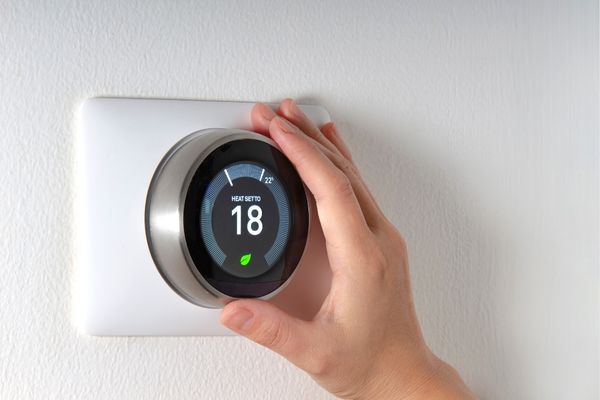Retrofit your Home
The UK’s homes contribute to 20% of its CO2 emissions, and much of that energy is wasted. Targets for homes include a 24% reduction from 1990 levels by 2030, and near zero by 2050. By improving your home’s energy rating now, you could significantly improve its value.
Your home could be losing 70% of its heat through its roof, walls and windows. It makes you cold and unhealthy, and it’s expensive. The good news is that there are plenty of tools to help you make changes to your home to make it warmer, greener, energy efficient and cheaper to run. You can make the changes that are within your budget and prioritize those that will suit your house. You can make a start by obtaining your home’s energy certificate‘
We’ve suggested a number of areas to think about if you are planning to retrofit your home, but The Centre for Alternative Technology will help make sure that your choices are eco-friendly and will save you money while being better for the planet.




